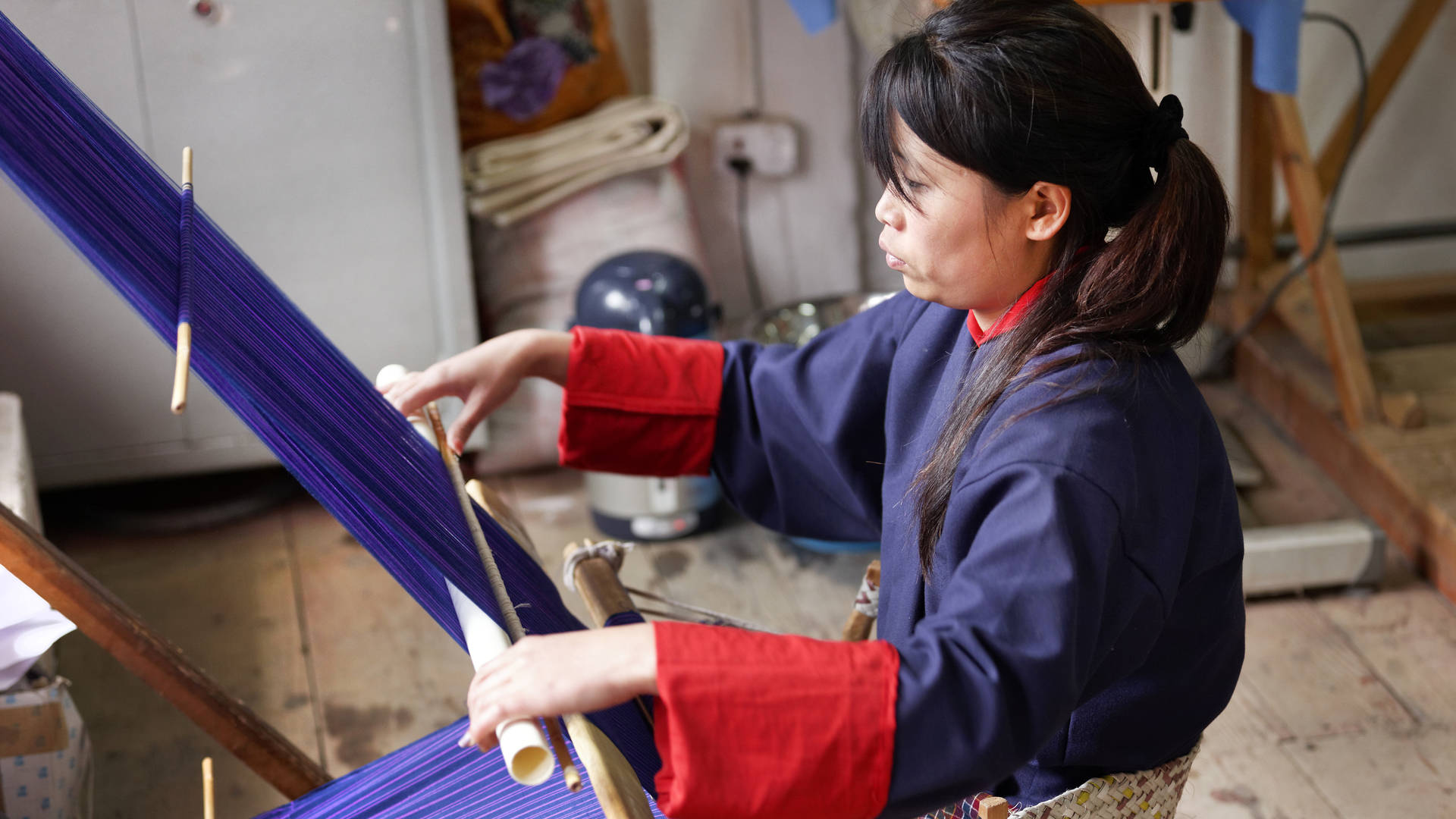We use Cookies. Read our Terms
- News
- Harnessing the Himalayas
Harnessing the Himalayas
After five years of intense preparations Bhutan “graduated” from the UN list of Least Developed Countries in December 2023. Nestled in the Himalayas between India and China, it is the only carbon-negative country in Asia thanks to its vast forest cover and mighty hydropower – over 90 percent of which remains untapped

Capturing the full force of rivers raging down narrow tree-lined valleys, hydropower is driving growth and development across Bhutan. Now energy self-sufficient, Bhutan has used electricity exports to push its GDP per capita above US$3,500 a year – almost a third higher than Bangladesh and nearly two-thirds more than Nepal, according to World Bank data.
This small Himalayan kingdom has developed steadily since the 1980s posting average real GDP growth of 7.5 percent per annum, which the government has ploughed back into reducing poverty. Bhutan is also investing in its signature concept of Gross National Happiness, which rests on four key pillars:
- Sustainable and equitable socio-economic development;
- Environmental conservation;
- Preservation and promotion of culture; and
- Good governance.
Life expectancy has risen since the 1980s from under 50 to over 70 years, partly thanks to free and accessible healthcare that now covers over 90 percent of the population. Bhutan is also one of only three carbon-negative countries worldwide, alongside Suriname and Panama. In other words, it has already gone beyond “net zero” and absorbs more greenhouse gases than it produces.
It is not all plain sailing, however, for this country of almost 800,000 people. Bhutan still faces considerable debt distress, prompting calls for more targeted technical assistance and increased development finance. Beyond reinforcing its business infrastructure, the government also seeks to extend its trade preference agreements while boosting market access through neighboring countries’ ports. Speaking at the UN Least Developed Countries Summit in Qatar, March 2023, Prime Minister of Bhutan Lotay Tshering said:
“We are taking [graduation] with a lot of honor and pride – we are not nervous. Life is all about adaptation. I think we are going to lose on availability of some grants but we will be accessible to more business opportunities or more investments.”
Digital futures
Besides its booming energy sector Bhutan has also looked to science, technology and innovation to kick-start its business growth and investment. In 2021, at the height of the COVID-19 pandemic, Bhutan launched its Government-to-Business (G2B) digital portal based on software developed by the United Nations Conference on Trade and Development (UNCTAD).
The G2B portal earned Bhutan the title of the fastest place in the world to start a new business as entrepreneurs are able to fill out a form on a cell phone and receive all registration documents for free – in under a minute. In 2022, well over 5,000 Bhutanese citizens used the service to register a new business and more than half were filed by women. Bhutan’s Economic Affairs Minister Tengye Lyonpo told a UN News team in June 2021: “Our approach is to innovate first, regulate later. That allows us to reduce entry barriers for new businesses, embrace innovation and allow creativity to flourish.”
The OPEC Fund & Bhutan
To date, the OPEC Fund has provided US$1.9 million in six national grants supporting water & sanitation, education and energy projects. The country has also benefitted from regional grants, especially in the agriculture sectors and healthcare. In June 2023, Prime Minister Lotay Tshering spoke at the second OPEC Fund Development Forum in Vienna as a special guest and provided insights into the country’s measurement of well-being through its Gross National Happiness Index.
Factsheet: Bhutan
Roughly the size of Switzerland at around 40,000 km2, Bhutan boasts enormous hydropower resources, with an estimated potential of 35,000 MW from more than 150 sites nationwide, according to the World Bank. Despite having developed just 7 percent of its total hydropower potential, the sector already accounts for 20 percent of the national economy and 40 percent of national revenues.
To help tap Bhutan’s potential, the OPEC Fund is working to provide one loan for a value of US$30 million, set for approval in 2024, to support two small hydropower projects in Bhutan – Gamri (45 MW) in the east of the country and Begana (30 MW) in the west. These power plants will mainly cover local demand through mini grids, but will also have the option to plug into Bhutan’s main grid, which already exports energy to neighboring India and Bangladesh.